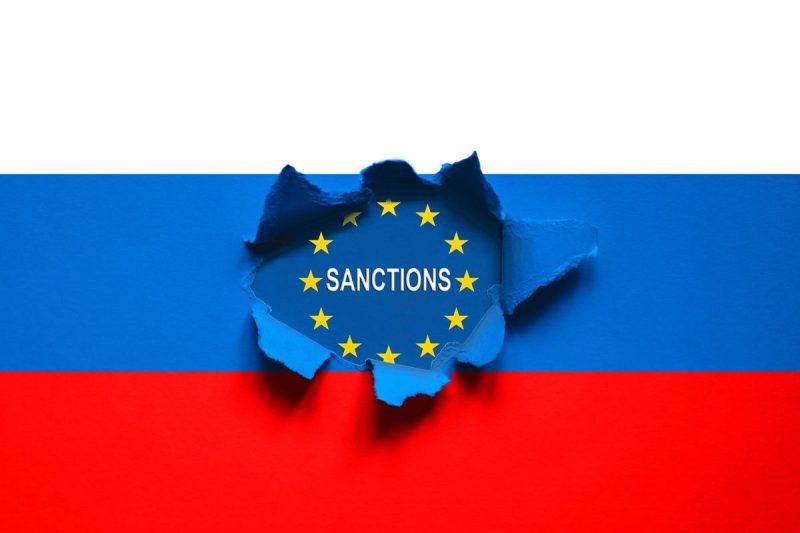As the global economic landscape experiences rapid shifts due to geopolitical factors, the recent imposition of sanctions by the London Metal Exchange (LME) on Russian metal imports has led to significant disruptions in the copper, nickel, and aluminum markets. These sanctions have reverberated across various industries, impacting supply chains, pricing dynamics, and investor sentiments. In this article, we delve into the implications of these sanctions on the metals industry and explore how key stakeholders are navigating this period of uncertainty.
Copper, a vital component in various industrial applications, has witnessed a sharp increase in prices following the LME sanctions on Russian supplies. With Russia being a major player in the copper market, accounting for a significant portion of global production, the restrictions have led to concerns regarding potential supply shortages. As a result, market participants are closely monitoring developments to assess the long-term impact on copper prices and availability.
Nickel, another base metal essential in the production of stainless steel and electric vehicle batteries, has also experienced a surge in prices post-sanctions. The disruption in Russian nickel supplies has prompted industry players to explore alternative sources and diversify their procurement strategies. This unfolding situation underscores the importance of supply chain resilience and the need for contingency planning in a volatile market environment.
Similarly, the aluminum market has not been immune to the repercussions of the LME sanctions on Russian metal imports. Aluminum prices have spiked in response to supply concerns, amplifying the challenges faced by manufacturers and end-users reliant on this versatile metal. The heightened price volatility in the aluminum market emphasizes the importance of risk management and strategic decision-making to navigate the evolving landscape effectively.
In response to the sanctions-induced turmoil, market participants are adapting their strategies to mitigate the impact on their operations. Some companies are exploring partnerships with alternative suppliers outside Russia to secure their metal requirements, while others are revisiting their procurement processes to enhance supply chain visibility and resilience. Such proactive measures are essential in safeguarding against supply disruptions and price fluctuations in the current market scenario.
Furthermore, investors and traders have been closely monitoring the developments in the metals market, seeking opportunities to capitalize on the price fluctuations driven by the LME sanctions. The heightened market volatility presents both challenges and prospects for market participants, necessitating a careful assessment of risk and reward in their investment decisions.
In conclusion, the imposition of sanctions by the LME on Russian metal imports has unleashed a wave of disruptions in the copper, nickel, and aluminum markets, reshaping the dynamics of the global metals industry. As stakeholders navigate this period of uncertainty, proactive risk management, strategic sourcing, and agile decision-making are imperative to adapt to the evolving landscape effectively. By staying abreast of market developments and adopting a resilient approach, industry players can mitigate the impact of sanctions and optimize their operations in a challenging environment.
